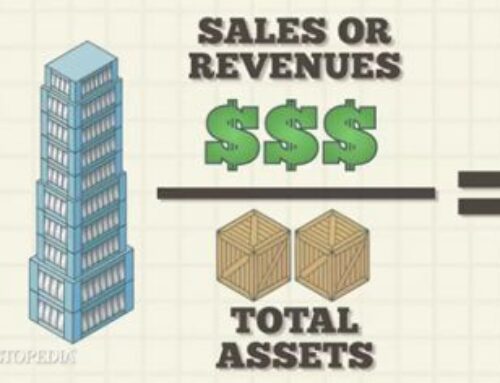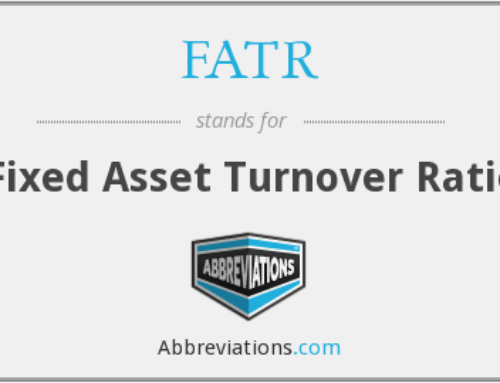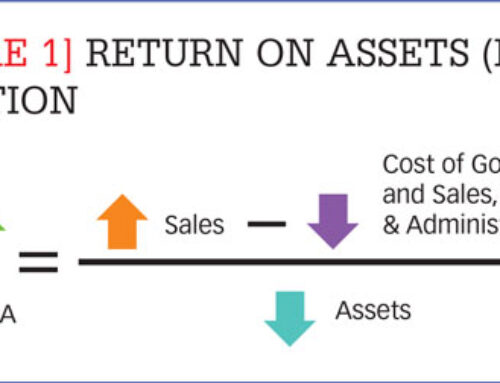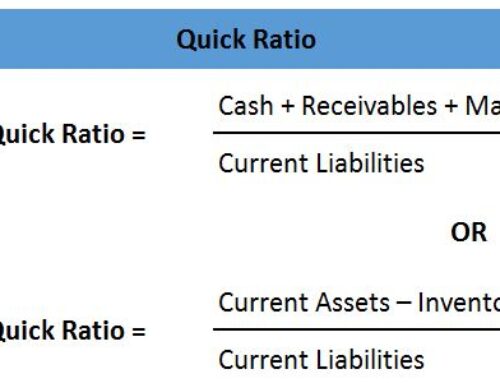When studying the company, there are many significant aspects of valuation. All of them check whether the company can make money in the future and, if yes, how much is the Risk attached to it. What market is paying them? What is a capital structure, and how many parts of earnings are there with shareholders?
One Ratio which is very important in the valuation of Assets is Book value.
The Ratio is essential because it shows you, in the event of solvency, what is your claim on Assets.
In simple words, the Ratio tells you that if a company sold all its assets, it repaid all debts, if any. Then how small an amount will remain with common shareholders. Sometimes it is a very conservative number as to how the company uses Goodwill for payment of Debt? It simply can’t. Another issue is without Balance Sheet assets. The best example is Tata motors. The company holds two Manufacturing plants that are not part of the Balance Sheet. They are fully depreciated. But if the company decides to shut down (though it will not happen), there is some value for that play or the land.
The single Ratio will not tell you anything. But if you analyze the whole industry, you may find it useful. It is also helpful in timeframes like what happened in 5 years or ten years.
In some industries, it is handy. The best examples are finance, investment, banks, and specific Infrastructure and power companies. The reason is all of them need significant Capital continuously. Most of the time, it is borrowed funds. So if the whole company is shutting down Tomorrow, weather I make anything? This is an important question to ask here. MANY times it looks like that company is making a Profit, but the Book value is not going up. So that time, it is a must to ask the management what is happening?
This Ratio is also essential in that it is the amount the company makes from its incorporation till date after paying everything.
Though it is an accounting number, it is still helpful for investors in many ways.





